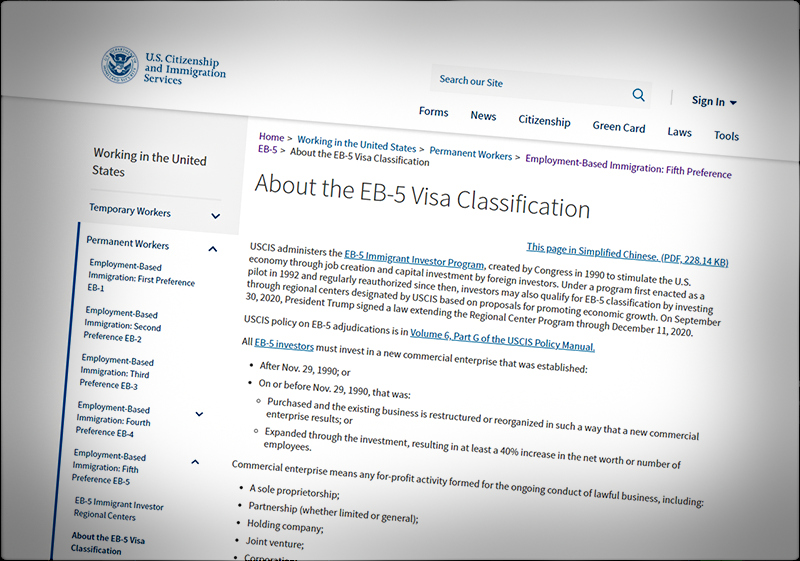
Those backing the controversial EB-5 (immigrant investor) program lost another battle in Washington Friday, this time in a unanimous decision by three judges on the D.C. Circuit Court of Appeals. (On June 30, in an unrelated action, Congress allowed the authorization of the main part of the program to lapse.)
The judges confirmed a lower court ruling that family members of investors must be counted against the 10,000/year annual ceiling for these visas. The industry was represented by prominent EB-5 lawyer Ira J. Kurzbaum, a Florida attorney who was aided by an amicus brief filed by the libertarian Cato Institute.
They argued that only investors, not investors’ family members should be counted against the congressionally mandated ceiling. Family members had been counted in the past. If the industry had won (and were the EB-5 program to be re-authorized), the industry would have secured a (highly theoretical) tripling of its size to as much as 30,000, since there are usually 2.5 to 3.0 visas allocated to each investment.
A Law360 report on the ruling, as is the unfortunate norm in media coverage, failed to mention that the 10,000 vs. 30,000 conversation about EB-5 visas is totally out of touch with reality, as fewer than nine — not 9,000, nine — applications for the program have been filed in the first three months of this fiscal year. That trend, if extended for the full fiscal year, would mean that the program’s potential size has been reduced by 99 percent.
The EB-5 program called for investments of at least $900,000 in the pooled assets part of the program. A family making such an investment then, after a passage of time, got green cards for both parents and for children then under 21. In earlier years, the ante was $500,000.
In addition to the initial investment, which was to be repaid if all went well, the investor was, in fact, making a payment of equal size to big-city developers, because of the opportunity cost losses caused by the low interest rates paid by American middlemen, as we noted recently.
